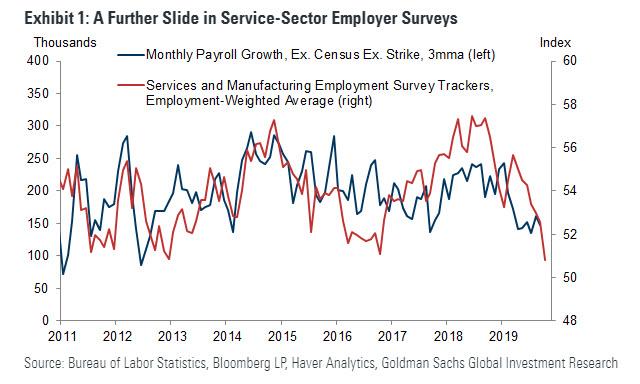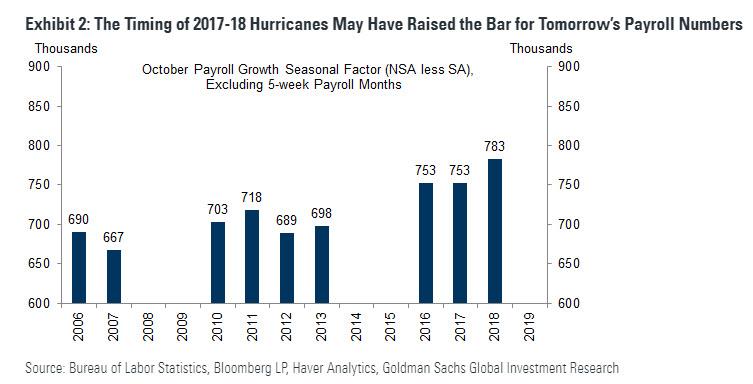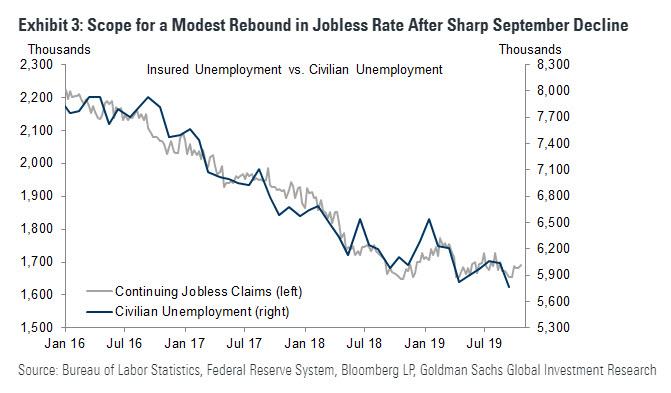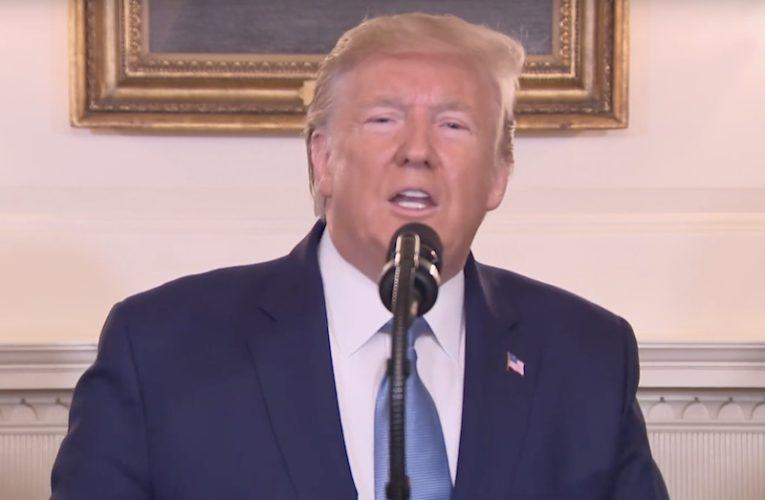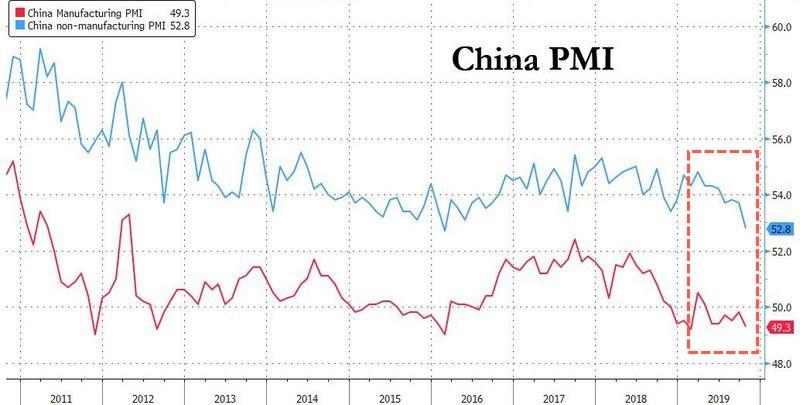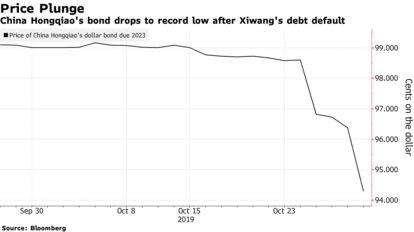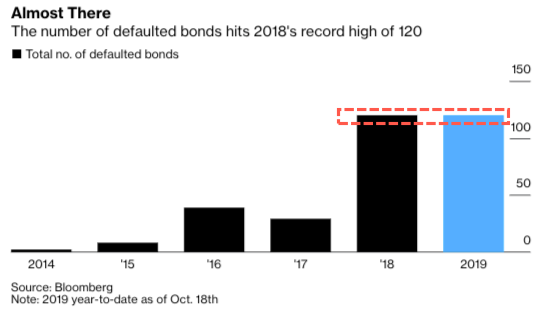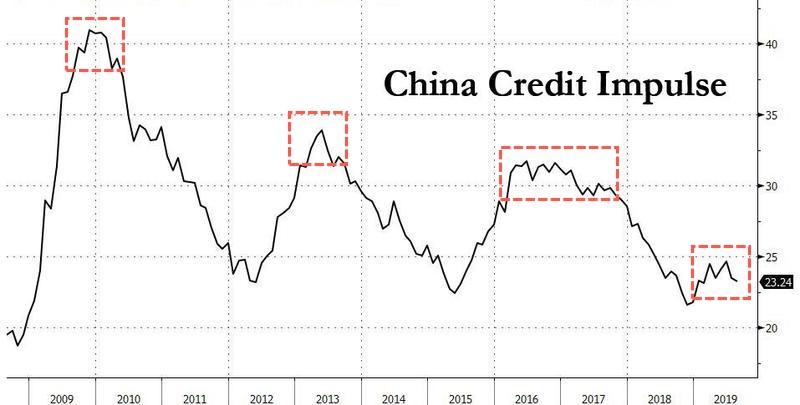Who Is The Unknown Jihadist Named As Islamic State’s New Caliph?
Submitted by Nauman Sadiq,
Confirming the deaths of Abu Bakr al-Baghdadi and the Islamic State’s spokesman Abu Hassan al-Muhajir, who was killed in a US airstrike in northwest Syria a day after the killing of al-Baghdadi, the Islamic State’s al-Furqan media has announced Abu Ibrahim Hashemi al-Quraishi as the new caliph of the terrorist organization.
Al-Quraishi is such an obscure jihadist that even national security analysts tracking the details of militant movements in the Middle East don’t have an inkling about his origins or biography. Even his name appears to be an assumed alias rather than a real name. Abu Ibrahim basically means “father of Ibrahim” in Arabic whereas Banu Hashem was Prophet Mohammad’s family and Quraishi means the tribe of Quraish. Both are common surnames in the Islamic World.
In any case, identifying individual militant leaders by name is irrelevant because as in the case of the Taliban and several other jihadist groups, the decisions are collectively taken by the Shura Council of the Islamic State. Excluding al-Baghdadi and a handful of his hardline Islamist aides, the rest of Islamic State’s top leadership is comprised of Saddam-era military and intelligence officials. According to a Washington Post report [1], hundreds of ex-Baathists constitute the top- and mid-tier command structure of the Islamic State who plan all the operations and direct its military strategy.
The title caliph of the Islamic State is simply a figurehead, which is obvious from the fact that al-Baghdadi remained in hiding for several years before being killed in a Special Ops raid on October 26, and the terrorist group kept functioning autonomously without any guidance or directives from its purported chief.
Here, let me try to dispel a myth peddled by the corporate media and foreign policy think tanks that the Islamic State originated from al-Qaeda in Iraq. Many biased political commentators of the mainstream media deliberately try to muddle the reality in order to link the emergence of the Islamic State to the ill-conceived invasion of Iraq in 2003 by the Republican Bush administration.
Their motive behind this chicanery is to absolve the Obama administration’s policy of nurturing the Syrian opposition against the Syrian government since the beginning of Syria’s proxy war until June 2014, when the Islamic State overran Mosul in Iraq and the Obama administration made a volte-face on its previous “regime change” policy of providing indiscriminate support to Syrian militants and declared a war against a faction of Syrian rebel groups, the Islamic State.
Mainstream media’s duplicitous spin-doctors misleadingly try to find the roots of the Islamic State in al-Qaeda in Iraq; however, the insurgency in Iraq died down after “the Iraq surge” of 2007. Al-Qaeda in Iraq became an impotent organization after the death of Abu Musab al Zarqawi in June 2006 and the subsequent surge of troops in Iraq. The re-eruption of insurgency in Iraq was the spillover effect of nurturing militants in Syria, when the Islamic State overran Fallujah and parts of Ramadi in January 2014 and subsequently reached the zenith of its power by capturing Mosul in June 2014.
The borders between Syria and Iraq are highly porous and it’s impossible to contain the flow of militants and arms between the two countries. The Obama administration’s policy of providing money, weapons and training to Syrian militants in training camps located at the border regions of Turkey and Jordan bordering Syria was bound to backfire sooner or later.
Notwithstanding, over the decades, it has been a convenient stratagem of the Western powers with two-party political systems, particularly the US, to evade responsibility for the death and destruction brought upon the hapless Middle Eastern countries by their predecessors by playing blame games and finger-pointing.
For instance, during the Soviet-Afghan jihad of the 1980s, the Carter and Reagan administrations nurtured the Afghan jihadists against the Soviet-backed government in Kabul with the help of Pakistan’s intelligence agencies. The Afghan jihad created a flood of millions of refugees who sought refuge in the border regions of Pakistan and Iran.
The Reagan administration’s policy of providing training and arms to the Afghan militants had the unintended consequences of spawning al-Qaeda and Taliban and it also destabilized the Af-Pak region, which is still in the midst of lawlessness, perpetual anarchy and an unrelenting Taliban insurgency more than four decades after the proxy war was fought in Afghanistan.
After the signing of the Geneva Accords in 1988, however, and the subsequent change of guard in Washington, the Clinton administration dissociated itself from the ill-fated Reagan administration’s policy of nurturing Afghan militants with the help of Gulf’s petro-dollars and Pakistan’s intelligence agencies and laid the blame squarely on minor regional players.
Similarly, during the Libyan so-called “humanitarian intervention” in 2011, the Obama administration provided money and arms to myriads of tribal militias and Islamic jihadists to topple the Arab-nationalist Gaddafi regime. But after the policy backfired and pushed Libya into lawlessness, anarchy and civil war, the mainstream media pointed the finger at Egypt, UAE and Saudi Arabia for backing the renegade general, Khalifa Haftar, in eastern Libya, even though he had lived for more than two decades [2] in the US right next to the CIA’s headquarter in Langley, Virginia.
Regarding the Western powers’ modus operandi of waging proxy wars in the Middle East, since the times of the Soviet-Afghan jihad during the eighties, it has been the fail-safe game plan of master strategists at NATO to raise money [3] from the oil-rich emirates of Saudi Arabia, Qatar, UAE and Kuwait; then buy billions of dollars’ worth of weapons from the arms markets [4] in the Eastern Europe; and then provide those weapons and guerilla warfare training to the disaffected population of the victim country by using the intelligence agencies of the latter’s regional adversaries. Whether it’s Afghanistan, Chechnya, Libya or Syria, the same playbook was executed to the letter.
Raising funds for proxy wars from the Gulf Arab States allows the Western executives the freedom to evade congressional scrutiny; the benefit of buying weapons from unregulated arms markets of the Eastern Europe is that such weapons cannot be traced back to the Western capitals; and using jihadist proxies to achieve strategic objectives has the advantage of taking the plea of “plausible deniability” if the strategy backfires, which it often does. Remember that al-Qaeda and Taliban were the by-products of the Soviet-Afghan jihad, and the Islamic State and its global network of terrorists are the blowback of the proxy war in Syria.
On the subject of the supposed “powerlessness” of the US in the global affairs, the Western think tanks and the corporate media’s spin-doctors generally claim that Pakistan deceived Washington in Afghanistan by providing safe havens to the Taliban; Turkey hoodwinked the US in Syria by using the war against Islamic State as a pretext for cracking down on Kurds; Saudi Arabia and UAE betrayed the US in Yemen by mounting ground offensive and airstrikes against the Houthis rebels; and once again Saudi Arabia, UAE and Egypt went against the ostensible policy of the US in Libya by destabilizing the Tripoli-based government, even though Khalifa Haftar is known to be an American stooge.
If the US policymakers are so naïve, then how come they still control the global political and economic order? This perennially whining attitude of the Western corporate media that such and such regional players betrayed them, otherwise they were on top of their game is actually a clever stratagem that has been deliberately designed by the spin-doctors of the Western mainstream media and foreign policy think tanks to cast the Western powers in a positive light and to vilify adversaries, even if the latter are their tactical allies in some of the regional conflicts.
Fighting wars through proxies allows the international power brokers the luxury of taking the plea of “plausible deniability” in their defense and at the same time they can shift all the blame for wrongdoing on minor regional players. The Western powers’ culpability lies in the fact that because of them a system of international justice based on sound principles of morality and justice cannot be built in which the violators can be punished for their wrongdoing and the victims of injustice, tyranny and violence can be protected.
Leaving the funding, training and arming aspects of insurgencies aside, but especially pertaining to conferring international legitimacy to an armed insurgency, like the Afghan so-called “freedom struggle” of the Cold War, or the supposedly “moderate and democratic” Libyan and Syrian insurgencies of the contemporary era, it is simply beyond the power of minor regional players and their nascent media, which has a geographically and linguistically limited audience, to cast such heavily armed and brutal insurrections in a positive light in order to internationally legitimize them; only the Western mainstream media that has a global audience and which serves as the mouthpiece of the Western deep states has perfected this game of legitimizing the absurd and selling Satans as saviors.
Footnotes:
[1] Islamic State’s top command dominated by ex-officers in Saddam’s army.
[2] Leaked tapes expose Western support for renegade Libyan general.
[3] U.S. Relies Heavily on Saudi Money to Support Syrian Rebels.
[4] Billions of dollars weapons flowing from Eastern Europe to Middle East.
* * *
Nauman Sadiq is an Islamabad-based attorney, columnist and geopolitical analyst focused on the politics of Af-Pak and Middle East regions, neocolonialism and petro-imperialism.
Tyler Durden
Thu, 10/31/2019 – 23:25
via ZeroHedge News https://ift.tt/324Fdj1 Tyler Durden
